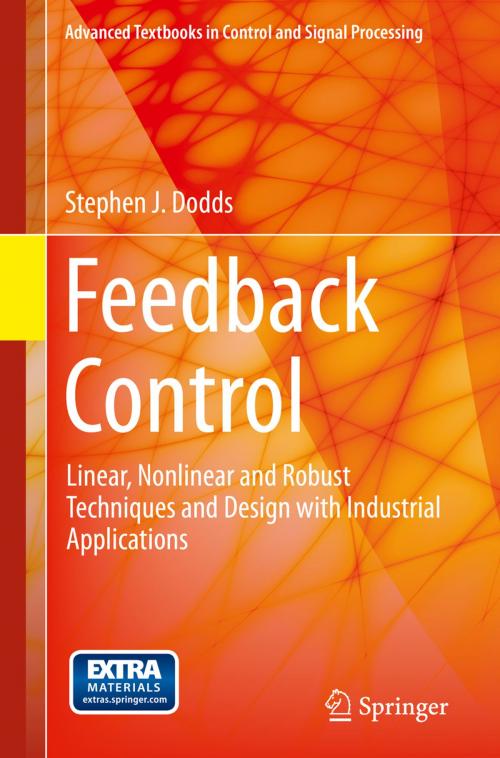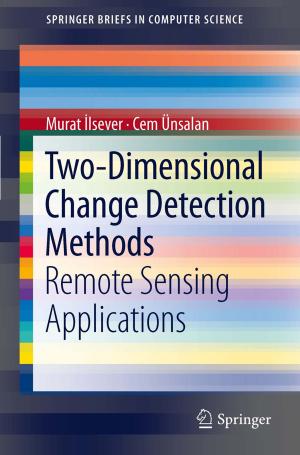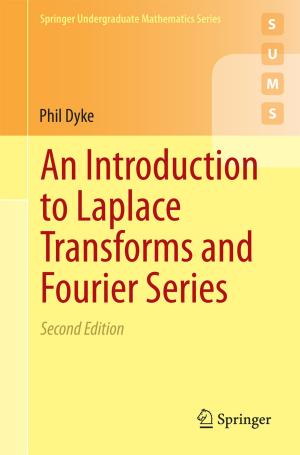Feedback Control
Linear, Nonlinear and Robust Techniques and Design with Industrial Applications
Nonfiction, Science & Nature, Technology, Automation, Science, Chemistry, Technical & Industrial| Author: | Stephen J. Dodds | ISBN: | 9781447166757 |
| Publisher: | Springer London | Publication: | July 18, 2015 |
| Imprint: | Springer | Language: | English |
| Author: | Stephen J. Dodds |
| ISBN: | 9781447166757 |
| Publisher: | Springer London |
| Publication: | July 18, 2015 |
| Imprint: | Springer |
| Language: | English |
This book develops the understanding and skills needed to be able to tackle original control problems. The general approach to a given control problem is to try the simplest tentative solution first and, when this is insufficient, to explain why and use a more sophisticated alternative to remedy the deficiency and achieve satisfactory performance. This pattern of working gives readers a full understanding of different controllers and teaches them to make an informed choice between traditional controllers and more advanced modern alternatives in meeting the needs of a particular plant. Attention is focused on the time domain, covering model-based linear and nonlinear forms of control together with robust control based on sliding modes and the use of state observers such as disturbance estimation.
Feedback Control is self-contained, paying much attention to explanations of underlying concepts, with detailed mathematical derivations being employed where necessary. Ample use is made of diagrams to aid these conceptual explanations and the subject matter is enlivened by continual use of examples and problems derived from real control applications. Readers’ learning is further enhanced by experimenting with the fully-commented MATLAB®/Simulink® simulation environment made accessible at insert URL here to produce simulations relevant to all of the topics covered in the text. A solutions manual for use by instructors adopting the book can also be downloaded from insert URL here.
Feedback Control is suitable as a main textbook for graduate and final-year undergraduate courses containing control modules; knowledge of ordinary linear differential equations, Laplace transforms, transfer functions, poles and zeros, root locus and elementary frequency response analysis, and elementary feedback control is required. It is also a useful reference source on control design methods for engineers practicing in industry and for academic control researchers.
This book develops the understanding and skills needed to be able to tackle original control problems. The general approach to a given control problem is to try the simplest tentative solution first and, when this is insufficient, to explain why and use a more sophisticated alternative to remedy the deficiency and achieve satisfactory performance. This pattern of working gives readers a full understanding of different controllers and teaches them to make an informed choice between traditional controllers and more advanced modern alternatives in meeting the needs of a particular plant. Attention is focused on the time domain, covering model-based linear and nonlinear forms of control together with robust control based on sliding modes and the use of state observers such as disturbance estimation.
Feedback Control is self-contained, paying much attention to explanations of underlying concepts, with detailed mathematical derivations being employed where necessary. Ample use is made of diagrams to aid these conceptual explanations and the subject matter is enlivened by continual use of examples and problems derived from real control applications. Readers’ learning is further enhanced by experimenting with the fully-commented MATLAB®/Simulink® simulation environment made accessible at insert URL here to produce simulations relevant to all of the topics covered in the text. A solutions manual for use by instructors adopting the book can also be downloaded from insert URL here.
Feedback Control is suitable as a main textbook for graduate and final-year undergraduate courses containing control modules; knowledge of ordinary linear differential equations, Laplace transforms, transfer functions, poles and zeros, root locus and elementary frequency response analysis, and elementary feedback control is required. It is also a useful reference source on control design methods for engineers practicing in industry and for academic control researchers.















